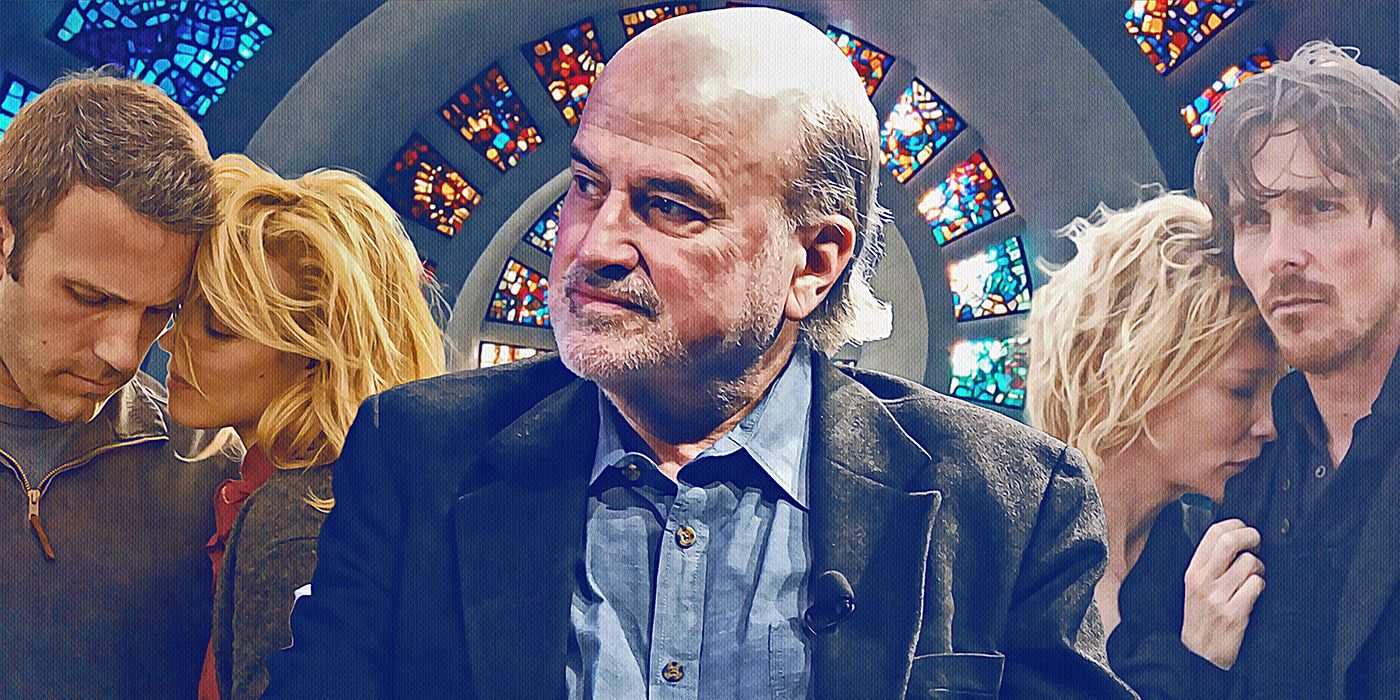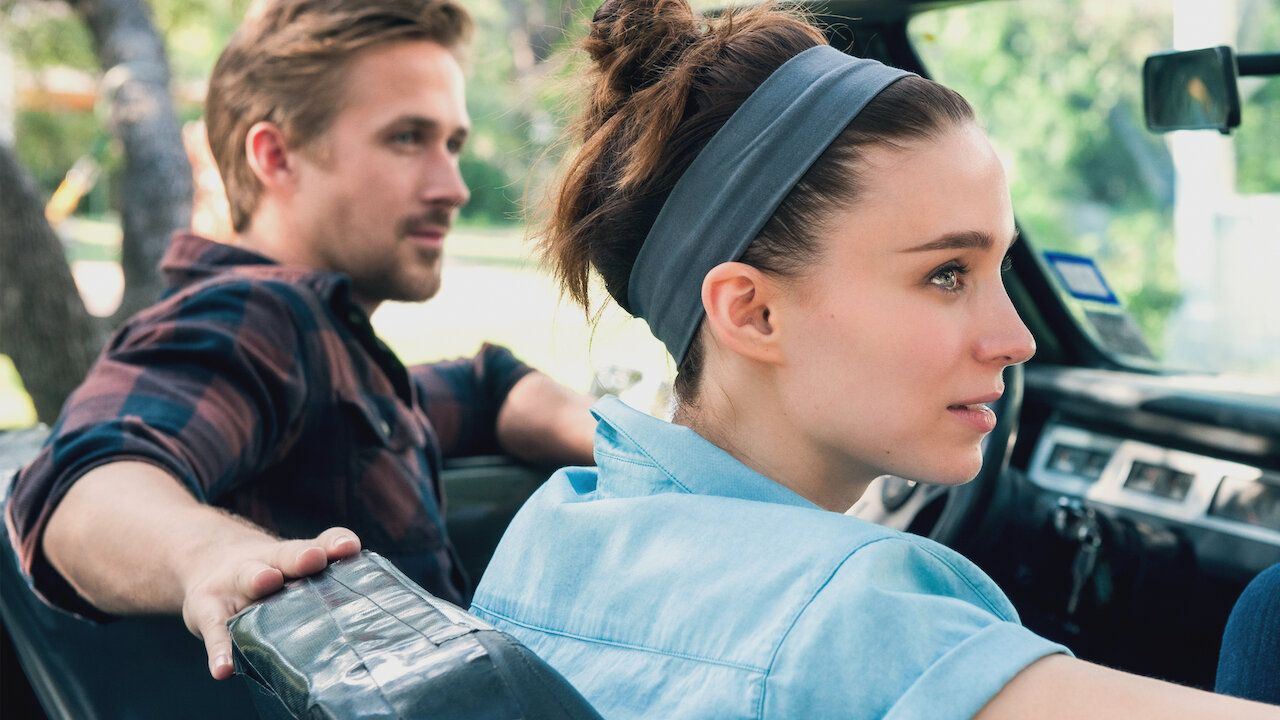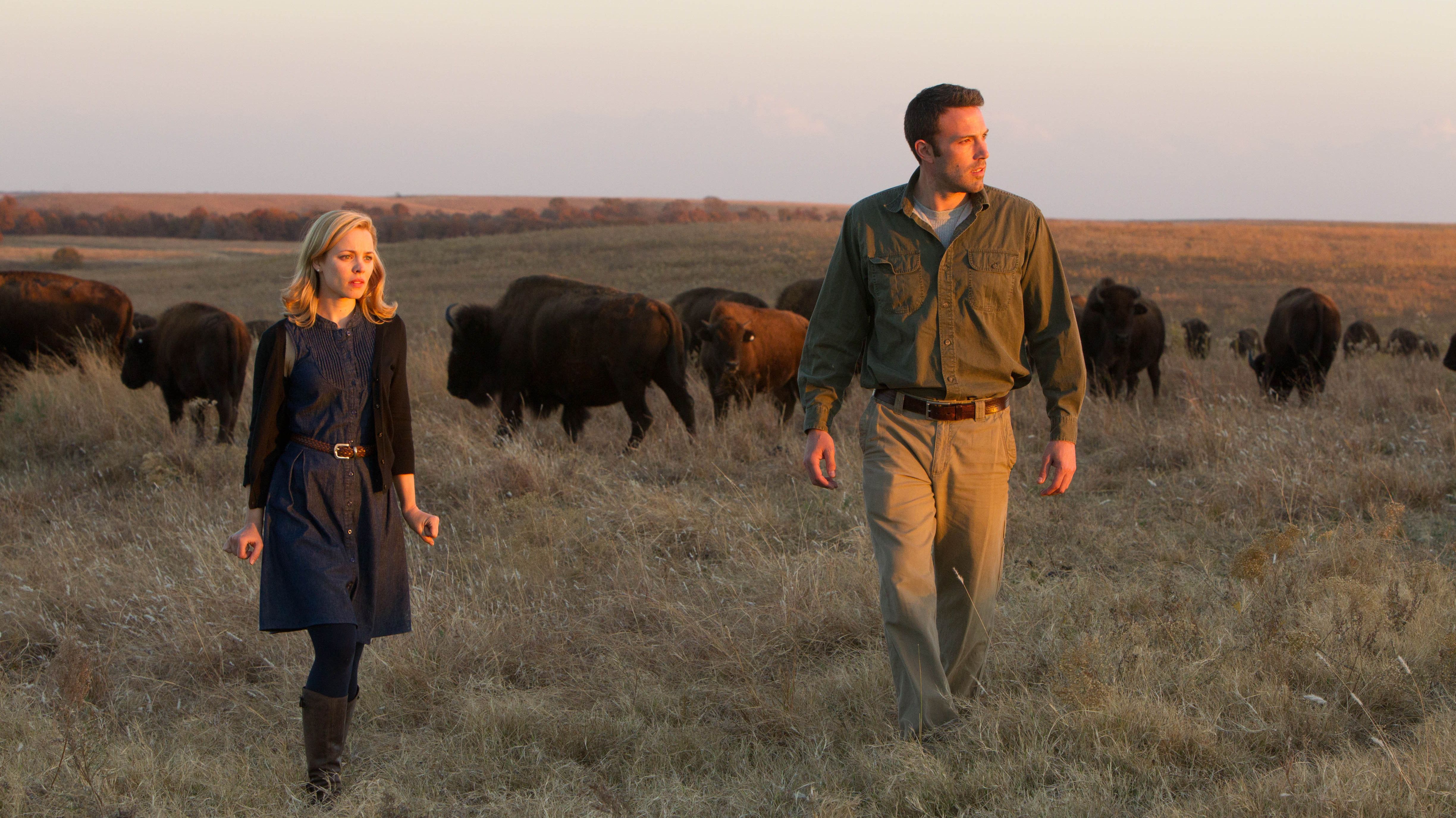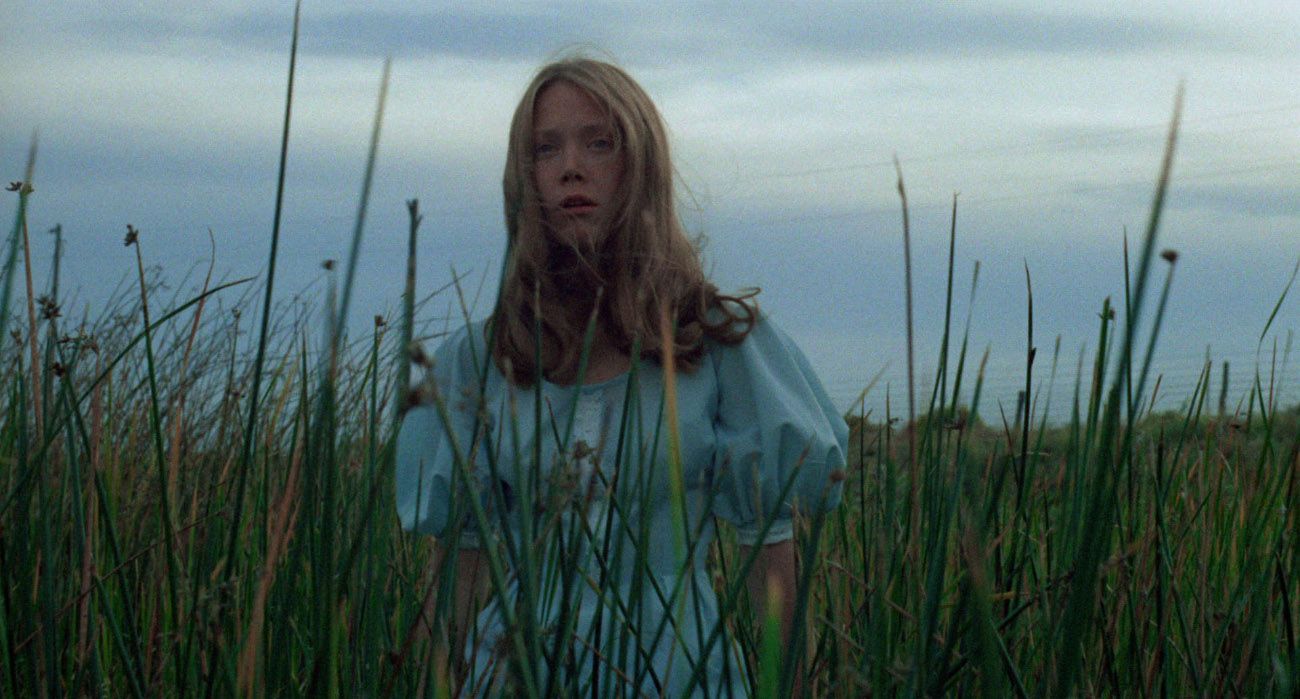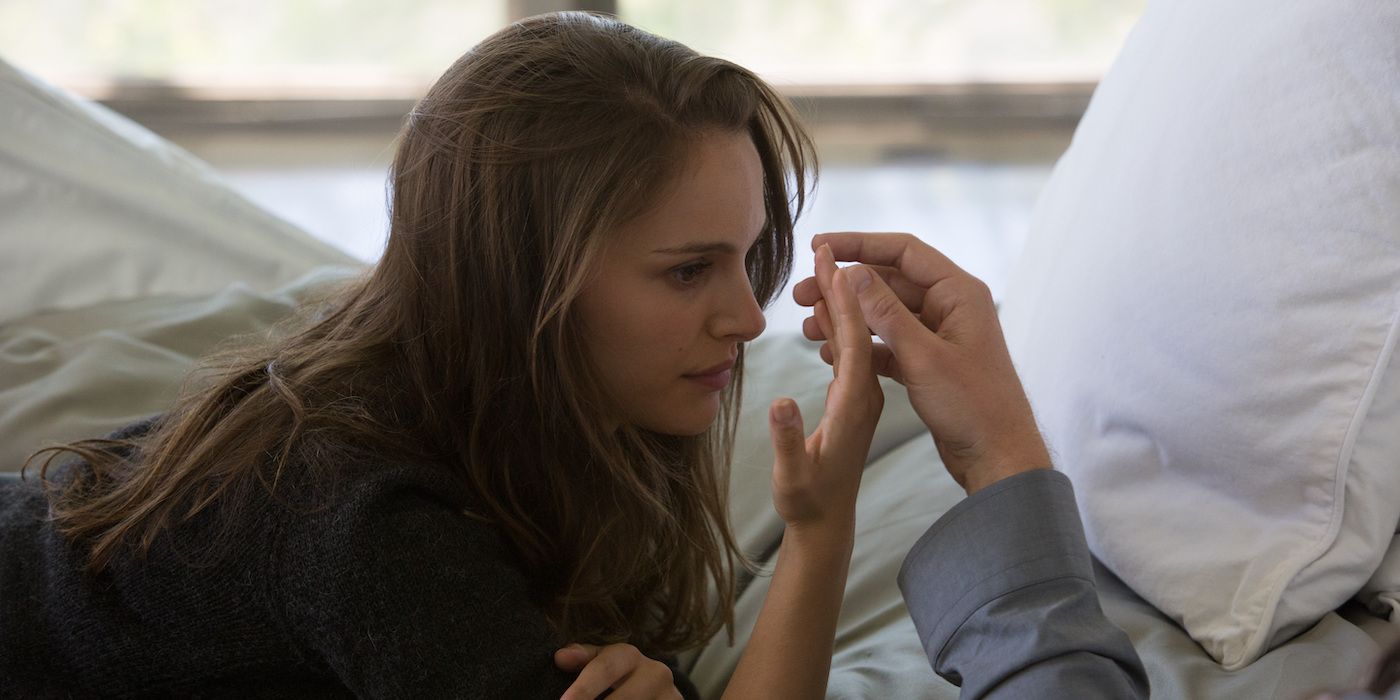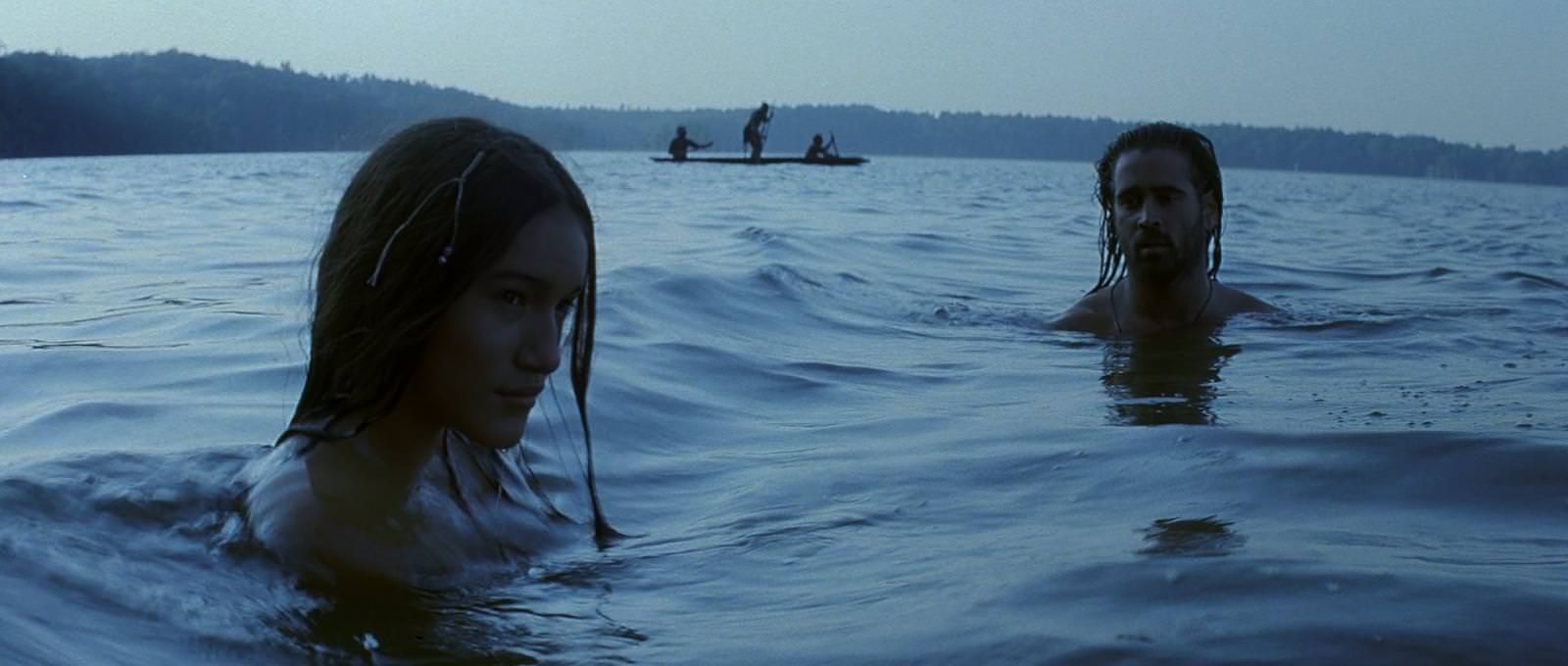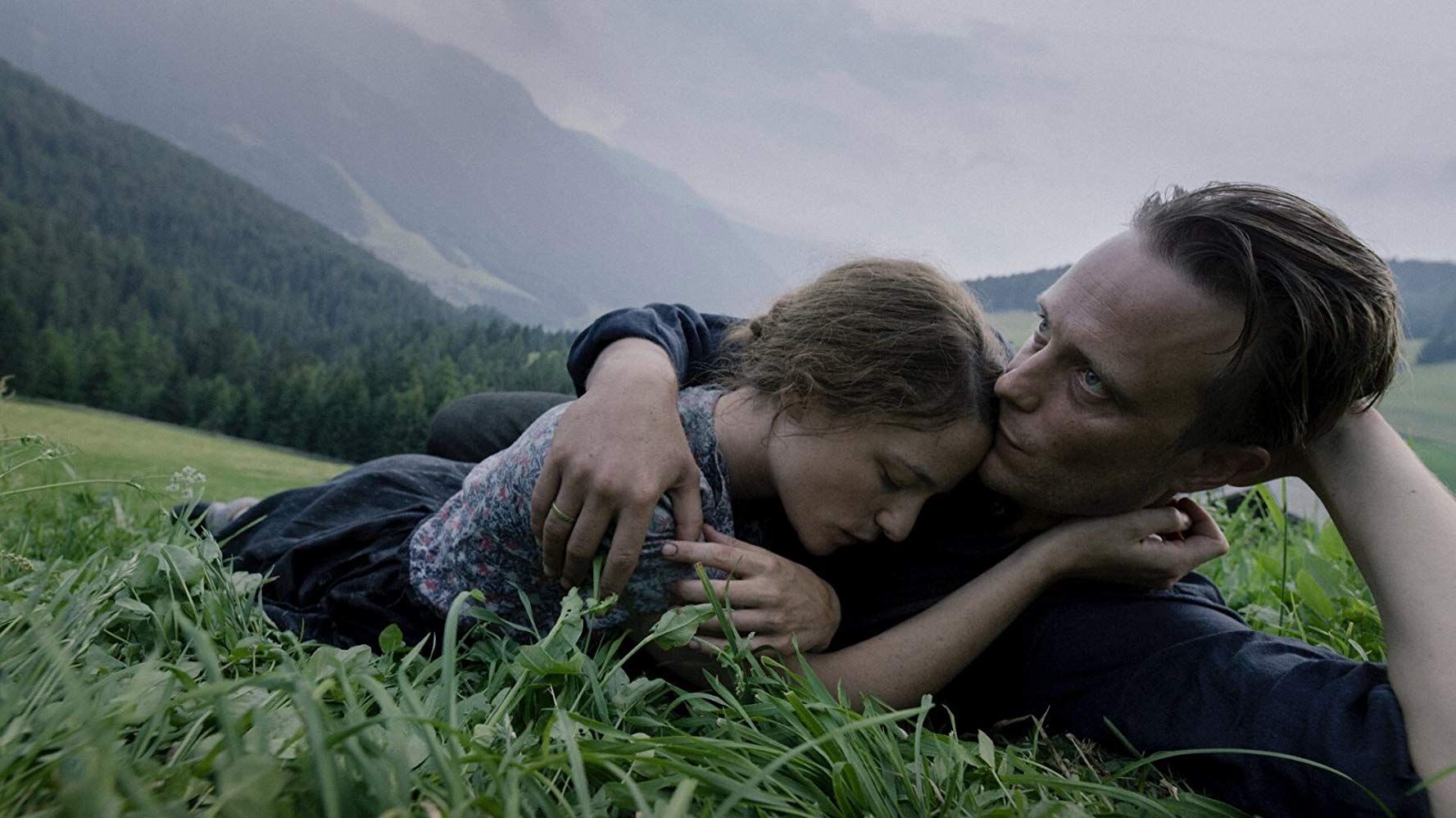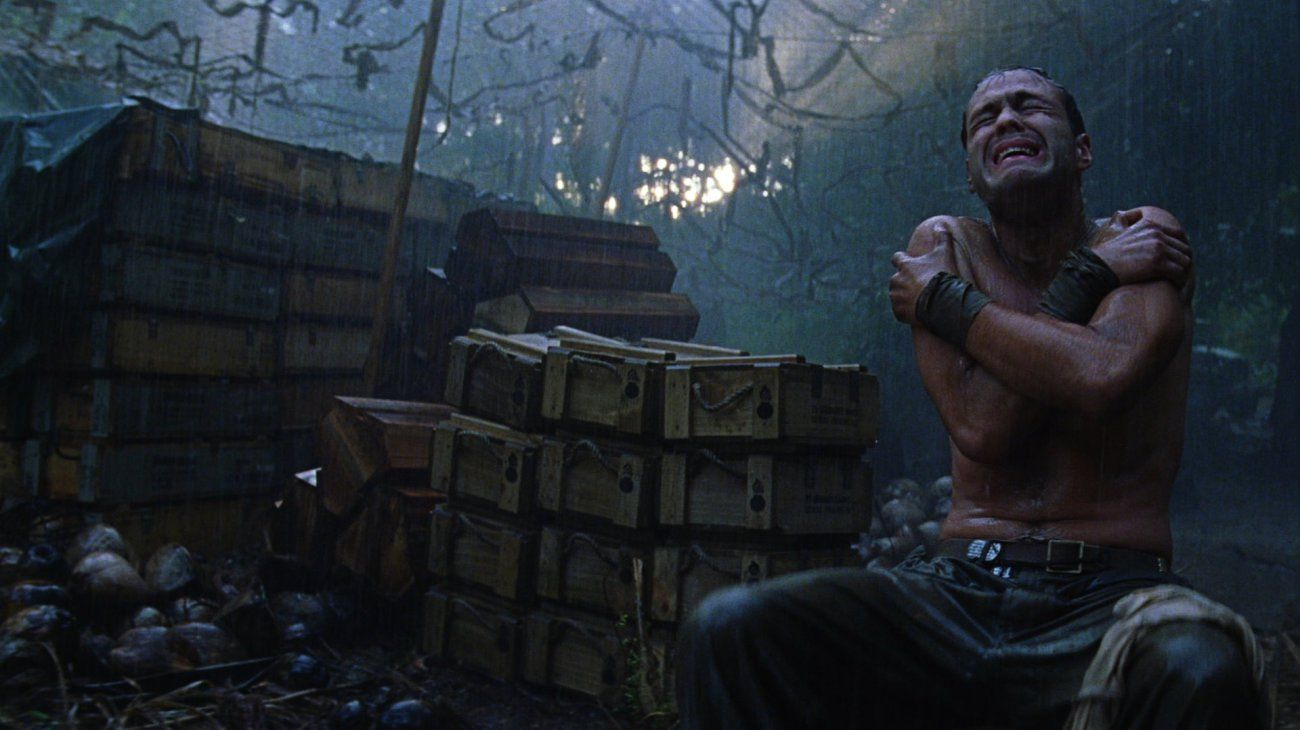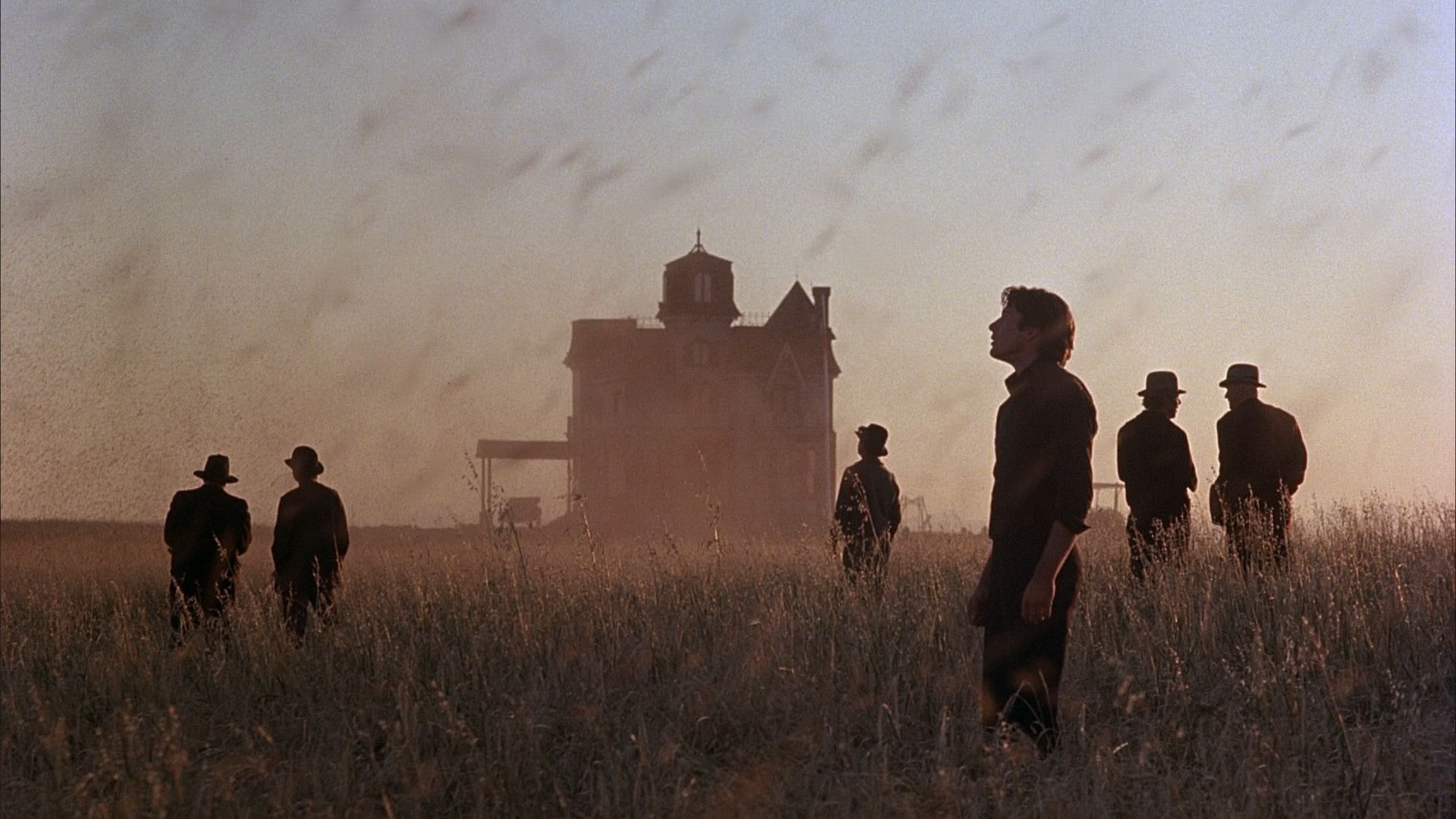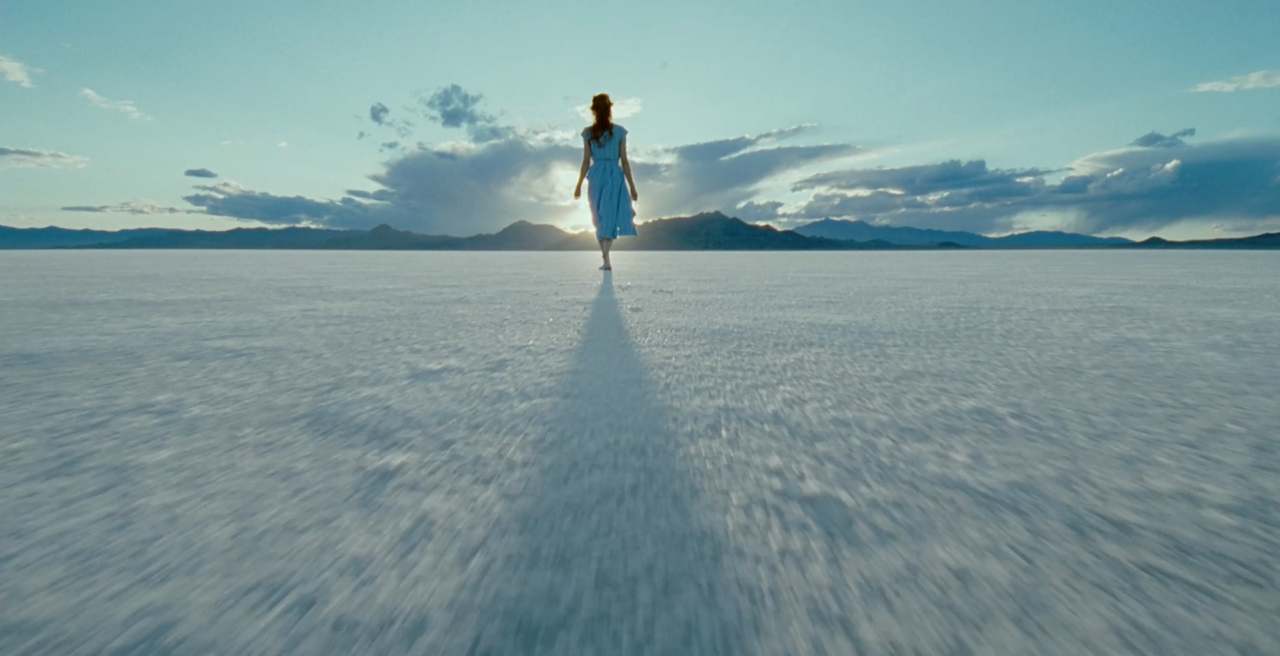Terrence Malick is a fascinating filmmaker, as he’s influenced multiple generations of filmmaking throughout the different stages of his career. Malick was part of the landmark “New Hollywood” filmmakers who emerged in the 1970s, yet took a twenty year absence until he reemerged in the ‘90s. Malick’s work entered a third stage in the last decade, in which he seemingly abandoned all constraints of narrative structure, and pursued experimental work.
Malick's work is often beloved, and his reclusive public persona is consistent with the mystery that surrounds each of his films. It’s never entirely clear when Malick’s next project is coming, as he often extensively retools his stories in the editing room, leading to many famous situations where storylines or entire performances are diminished, reframed, and even deleted.
Malick is currently working on his latest feature The Way of the Wind, which officially added Mark Rylance, Douglas Booth, Matthias Schoenaerts, Géza Röhrig, Joseph Fiennes, Lorenzo Gioielli, and Aidan Turner to its cast. Little is known about his next film other than it is a retooling of different chapters of the Christian religious text, and will surely generate the controversy that is inherent to adapting Biblical material.
Malick continues to fascinate, infuriate, and inspire film fans, and nearly fifty years after his debut, he remains one of the essential working filmmakers. Here are all nine Terrence Malick films, ranked worst to best.
9. Song to Song
Malick has been tied to the Austin area since childhood and currently lives in the Texas capital, but ironically his seemingly most personal project is also his least focused. Anything Malick shoots is going to be visually immaculate, but it's the strength of the thematic core that defines his best work. Song to Song is more or less a reflection on the futility of artistic and romantic pursuits, and viewers may leave the film feeling the same way.
It also doesn’t help that the film’s intersecting love triangles are haphazardly introduced and extensively recut. Ryan Gosling, Natalie Portman, Michael Fassbender, Rooney Mara, and Cate Blanchette certainly commit to the intimacy that Malick demands, but without any narrative coherence there’s time to latch on to invest in any of the interpersonal relationships. Plotlessness and melodrama don’t really gel, and Malick’s trademark profound philosophy is replaced with the musings of wannabe musicians.
8. To the Wonder
To the Wonder saw Malick returning to the “runaway romance” genre that had defined his ‘70s work, and as it begins, To the Wonder is a welcome return to that small scale. The film tells a more focused story of the American traveler Neil (Ben Affleck) and his new bride Marina (Olga Kurylenko), who fall in love in Paris and struggle to adjust to a new home in Oklahoma.
There’s an earnestness to their romance that had been absent in some of Malick’s other projects, but unfortunately the film just descends into melodrama. Neil’s childhood flame Jane (Rachel McAdams) reemerges, and Marina has an affair with a kindly local carpenter. Affleck and Kurylenko do fine work, but they’re limited by the lack of momentum; as beautiful as the lush landscapes are, the story is trite and familiar.
7. Badlands
Similar to Steven Spielberg’s The Sugarland Express, Badlands is an essential piece of the post-Bonnie and Clyde New Hollywood era by a filmmaker who would later adopt a completely different cinematic style. Compared to Malick’s more existential later work, Badlands is a road trip crime thriller attuned to the emerging counterculture movement. It’s fascinating to look back at Malick’s debut, as it's the one point in his career where he’s commenting on the current moment and not reflecting on history.
Badlands was inspired by an actual 1958 murder spree by runaway teenagers Charles Starkweather and Caril Ann Fugate. Martin Sheen stars as Kit Carruther, a charismatic greaser who rescues his 15-year-old lover Holly Sargis (Sissy Spacek) from a troubled home life. The pairs’ path of violence ends up inspiring a media circus and a devoted following among similarly disenfranchised young people. It’s a demented, insightful early showcase of Malick’s grasp on the ramifications of violence, but feels closer to a Bonnie and Clyde companion piece than a work of pure originality.
6. Knight of Cups
Perhaps the most underrated film within Malick’s entire filmography, Knight of Cups shouldn’t have worked on paper. It actually couldn’t have worked on paper, as while Malick had loose story outlines, none of the actors received any actual pages. Malick frequently relied on improvisation, placing actors in unknown scenarios and gauging their authentic reactions. The result is a string of loosely interconnected realizations on the nature of healing.
Knight of Cups is a celebration of excess, and given the subject material, it’s appropriately a hard film to follow. Following the exploits of grieving screenwriter Rick (Christian Bale), the film’s story unfolds in eight mini-chapters as Rick reenters the world and experiences indulgence, pain, temptation, and ultimately love. The final chapter, in which Rick finally begins to see a path forward through the guidance of the enchanting Isabel (Isabel Lucas), is a surprisingly sentimental conclusion to the madcap insanity that preceded it.
5. The New World
The New World is Malick’s most misunderstood film, a box office bomb that was characterized as sluggish by early reviews. The imagined romance between Pocahontos (Q'orianka Kilcher) and Captain John Smith (Colin Farrell) is entirely fictitious, but Malick is less interested in historical accuracy as he is finding the inherent tragedy at the dawn of Western Civilization. There are brief moments of beauty as cultures collide, but Pocahontos and Smith are ripped apart by their respective destinies, and the prospects of a peaceful future fade away.
The New World follows the first English settlement in Jamestown, Virginia as Captain Christopher Newport (Christopher Plummer) and his men enter the new land and begin negotiating with the Powhatan tribe. It's obviously very sensitive material, but Malick allows the promise of the eventual “American dream” to play out before chaos ensues. The lush cinematography by Emmanuel Lubezki is among the most beautiful ever captured on screen, and Malick’s extended cut is even more gorgeous.
4. A Hidden Life
Traditional criticism would state that within every good three hour movie is a two hour masterpiece, but Malick’s latest film A Hidden Life absolutely demands its epic runtime. Malick reflects on how martyrdom is so easily deified, but rarely taken as the act of strength that it is. Rebellion is exciting and often intrinsic, but A Hidden Life depicts the reality of giving up one’s future for the sake of higher ideals.
Loosely based on a true story (as is common with Malick’s work), A Hidden Life follows the life of the Austrian farmer Franz Jägerstätter (August Diehl), who refuses to accept his draft into the Nazi Army during the early stages of World War II. Malick luxuriates in Franz’s peaceful home life in his small village of St. Radegund and impassioned romance with Franziska Jägerstätter (Valerie Pachner); he then rips Franz from his paradise as he’s tortured, beaten, and imprisoned when he refuses the call.
3. The Thin Red Line
At this point all three of Malick’s top three films are easily interchangeable; each is a masterpiece in its own right that best highlights a different stage of his career. The Thin Red Line came after Malick had taken a twenty year hiatus from filmmaking, and the World War II epic assembled a massive ensemble of virtually every hot young Hollywood leading man. The result was the most comprehensive war epic ever made.
While it was often compared to Saving Private Ryan (released the same year), The Thin Red Line captures the breadth of the Pacific Theater as each soldiers’ storyline folds into the next. However, Malick doesn’t sideline the intimacy of combat, as each action sequence is grizzly and identifies a specific moral quandary that the characters face. It's grandiose and emotional at once, a triumphant living, breathing historical document.
2. Days of Heaven
It wouldn’t be hyperbole to make the statement that Days of Heaven is among the most beautiful films ever made. If Badlands showed Malick’s ability to capture a mood and energy, Days of Heaven showed he could tell a compelling narrative within a specific environment. It's an incredibly patient film that counterbalances stunning images of peacefulness with an inherently tragic narrative; watching the doomed romance last to its bitter end is simply heartbreaking.
The film begins in a somewhat similar fashion to Badlands, as its story is sparked by an act of violence that forces two young lovers to go on the run. After he’s blamed for an accident at a Chicago labor factory, the young steelworker Bill (Richard Gere) flees authorities with his girlfriend Abby (Brooke Adams) and settles in the Texas Panhandle. The two mask their identities, but instead of focusing on the simmering tension of their secrets being revealed, Days of Heaven finds a fractured romance when Abby is courted and married by a local farmer (Sam Shepard). Bill is forced to leer in the background as Abby becomes accustomed to her new life.
1. The Tree of Life
Few filmmakers would dare to make a film aiming to encapsulate the totality of existence; Stanley Kubrick’s 2001: A Space Odyssey is the only thing that comes close in its ambition. Saying that Malick is “perfect” for the task may feel like an overreach, but his unique ability to explore the macro through the micro gives the director freedom to build up to his grandiose statements with a personal touch.
The Tree of Life is a film about the origins of the universe, but it's about a young boy’s childhood in the suburbs of Texas (parallels to Malick’s own adolescence are evident). Young Jack O’Brien (Hunter McCracken) struggles to define himself as he’s caught between the warring influences of his aggressive father (Brad Pitt) and his loving mother (Jessica Chastain). Malick elegantly segways between these intimate memories to the larger questions about existence.

